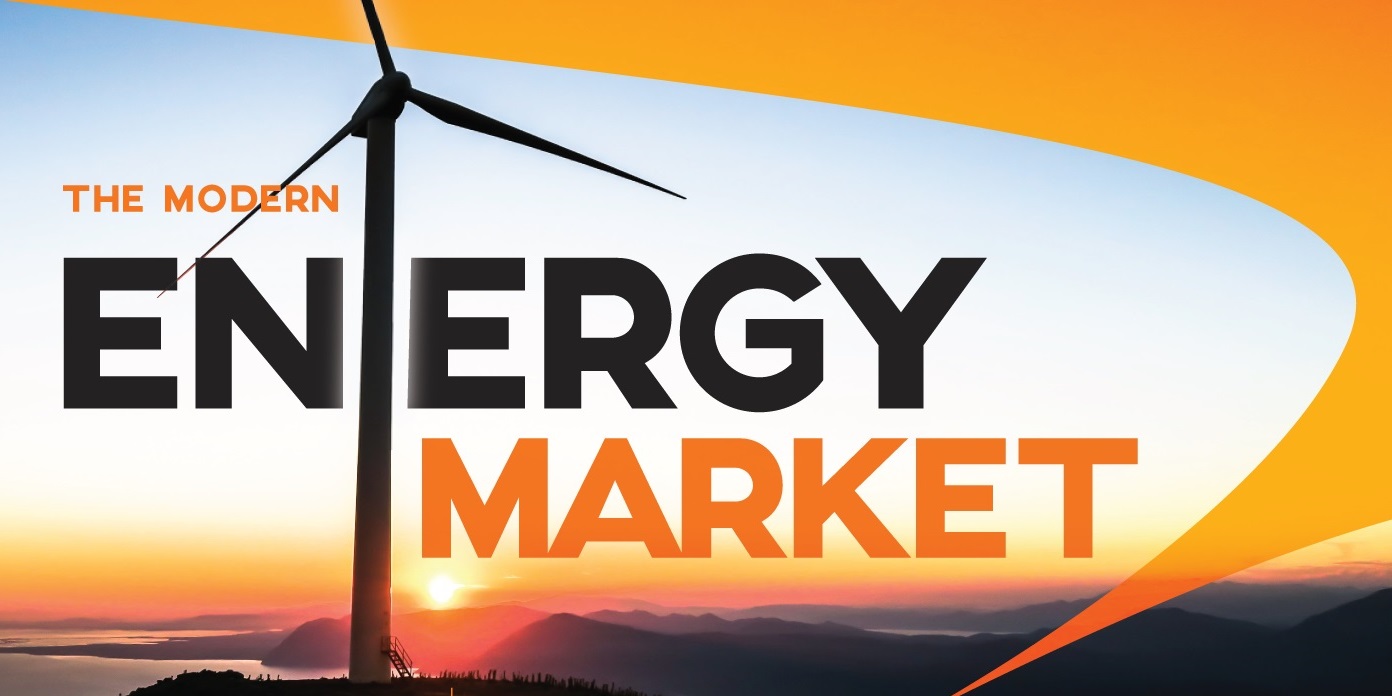According to 71% of Americans, clean energy should be a priority. The main drivers leading Americans to support renewable energy are twofold: 75% want to reduce pollution and 72% want to secure the well-being of future generations, including their children. Given their commitment to making a greener future, nearly half of consumers have said they would pay an average of $15 more per month in energy bills if their electricity came from a renewable source.
This high level of demand is set to catapult the industry forward over the next few years. As of 2019, the solar and wind industries held $18.7 and $14 billion in respective investments. By 2025, the global market for renewable energy is predicted to reach $1.5 trillion. These are incredible figures for industry growth, all but guaranteeing the future of energy to be one considerate of the planet’s health and well-being.
Right now, the biggest hurdle renewable energy companies face in expanding their operations lies in their battery. Popular renewables like solar and wind are intermittent in that each can only be captured during daylight or windy conditions. Humans still use electricity during dark, still nights. Power has to be stored for when it’s needed, but that’s a rare sight in current operations. In 2019, less than 5% of behind-the-meter solar systems included a battery. Batteries are being installed fast, at least; more than a quarter of solar systems are expected to have a battery by 2025.
What kind of battery should renewable energy systems use? They could choose the battery powering everything from smartphones to electric cars: the lithium-ion battery. Invented in 1912, lithium-ion batteries have not changed much over the past 109 years. While they are still the best choice for mobile applications like the two listed above, they may be a poor fit for energy intensive, long duration, stationary operations such as power storage, especially green energy storage. These batteries degrade over time and quickly lose storage capacity. Fully discharging the battery will shorten its useful life even further.
Lithium-ion batteries also have several flaws that prevent them from being environmentally sustainable devices. Their water intensive production leaves farms without irrigation, lithium extraction can leach toxic chemicals into the water supply, and recycling is a costly, difficult process to perform on lithium-ion batteries. Are these really the batteries Earth should be taking with them into the future?
One promising alternative to the lithium-ion battery is the vanadium flow battery. Unlike their lithium-ion counterparts, vanadium flow batteries can fully charge and discharge over 25+ years of useful life. With annual maintenance, these batteries don’t degrade anytime soon. Furthermore, recycled vanadium is just as functional as freshly mined vanadium. 100% of electrolyte is reusable in a new battery, limiting the need to mine for materials.
When considering the well-being of future generations on Earth, switching energy sources isn’t enough. The technology used in energy supply also makes a huge difference. Companies can invest in a greener future by considering vanadium flow batteries.



